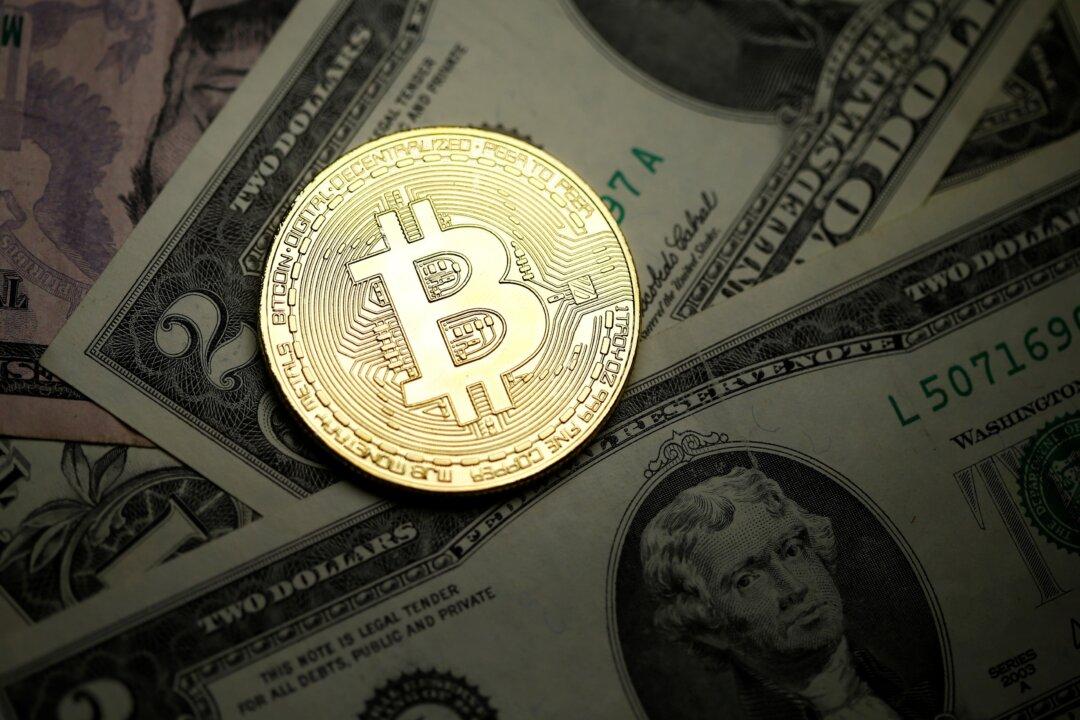Commentary
Future economists may well look back at the end of 2020 as the moment when the most powerful central bank in the world flinched and decentralized finance came of age. In retrospect, that was when the Fed publicly lost control of inflation and its own credibility in the process.


